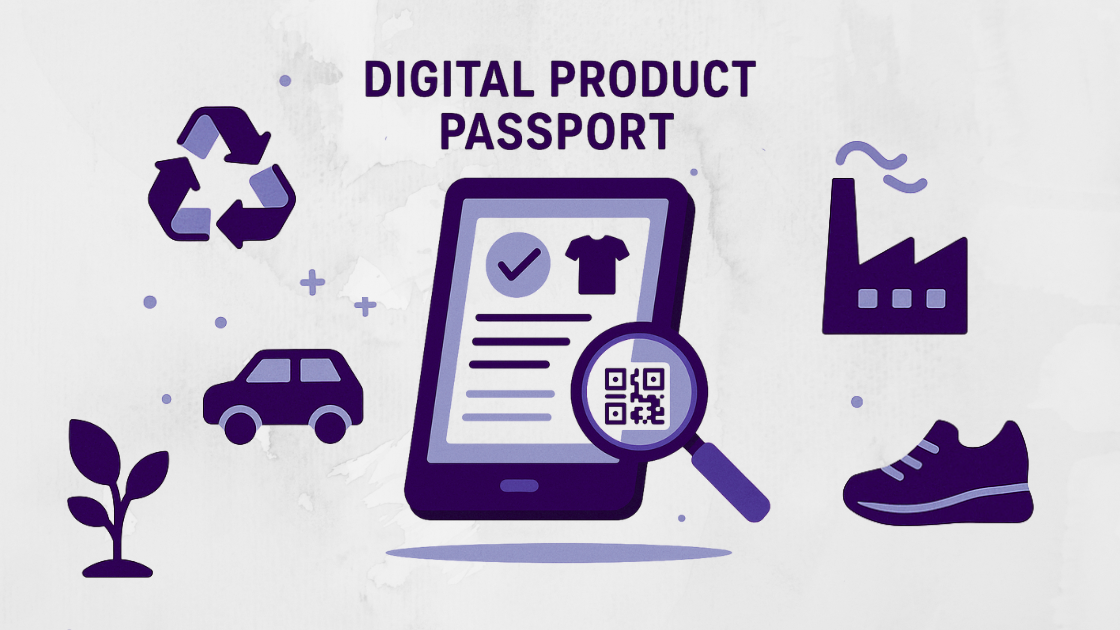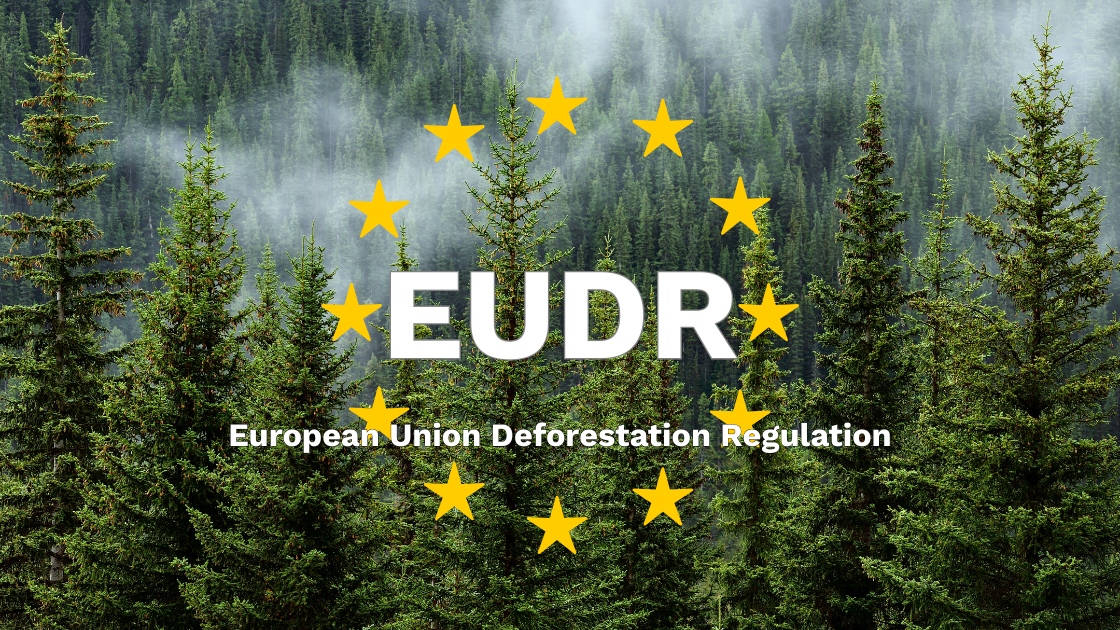The (Un)Sustainability of Carbon Offsetting: An Explanation
Carbon offsetting promises to compensate for negative impacts on the climate, it seems too good to be true. Although such mechanisms are increasingly being attached to products, terms like carbon neutral, carbon offsetting and carbon reduction often only appeal to the imagination.

Read all you need to know about carbon offsetting (and its added value) here.
Meaning
The widely visible effects of climate change make reduced greenhouse gas emissions a prerequisite for a green future. In this, carbon offsetting offers a solution to reduce the climate impact of products and services. Carbon offsetting has many synonyms, such as CO2 offsetting, footprint offsetting and neutralising your emissions. So basically, it is offsetting the effects of an individual or a company's CO2 emissions. This technique can be used in case the complete elimination of emissions is not (yet) possible.
Types of carbon offsetting
Carbon offsetting often refers to three recognized techniques, namely prevention, sequestration, and replacement. First, when an emitted amount of CO2 is prevented elsewhere, it means that the accumulated number of emissions does not increase. Second, capturing an equal amount of CO2 as previously emitted. Planting forests is typically used to remove carbon dioxide from the atmosphere. Third, contributing to the transition from harmful activities to environmentally friendly alternatives.To arrive at offsetting your footprint (by any means), you will first need to calculate your CO2 emissions. This can be done easily using a CO2 Calculator.
Added value
At first, it may be difficult to see the added value of offsetting your emissions. However, the biggest advantage of carbon offsetting is its accessibility; On the one hand, it offers consumers an easy way to offset - at a negligible cost - polluting activities. In doing so, it appeals to people's willingness to offset the negative externalities of a holiday flight or a parcel delivery, provided it costs little time and money. On the other hand, it provides sectors that really cannot avoid emissions with a sustainable tool. Thus, as a business owner, you can still do your bit for the sustainable transition.
Risks
However, CO2 offsetting is not without risk. This is because, according to the Authority Consumer & Market (ACM), consumers experience the use of carbon offsetting methods as confusing. In fact, research shows that only less than 50% of customers know the difference between CO2 reduction and CO2 offsetting. This underlines the importance of good information services towards consumers. For example, users can’t figure out for themselves the technical differences between these ways. This leaves customers susceptible to misleading promises, and even Greenwashing.
So be aware that carbon offsetting is (unfortunately) not always used with the right intentions and ask the right questions.
Transparency as a prerequisite
An example of the right question to ask is one towards transparency. Carbon offsetting enjoys the potential to play a pioneering role in the climate transition. Partly because of this, the popularity of such initiatives is growing exponentially. Offsetting CO2 emissions hinges on its output. Unfortunately, some initiatives are unreliable. It is always important to investigate the claimed compensation more closely and evaluate whether a company compensates what it claims to compensate. When it comes to sustainability, Eevery always tells the real story. For example, our CO2 Calculator provides insight into your current emissions pattern with direct CO2 offsetting options. We also support you with the help of Consultative Support in this entire process so that you can offset your CO2 emissions sustainably.
Want to know more about carbon emissions, reduction and offsetting? Subscribe now and read the latest news for SMEs on ESG and sustainability.



